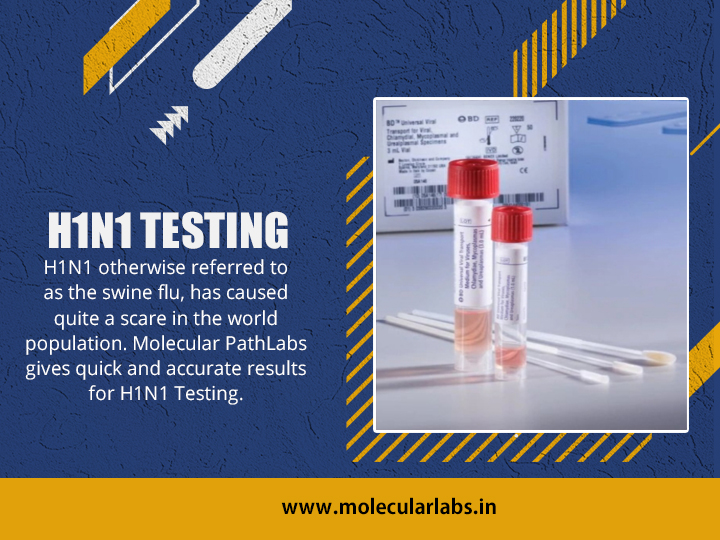What do you need to know about H1N1?
It is a type of Influenza A virus commonly known as H1N1, which has not been seen before in humans.
H1N1 is spread from person to person through droplets in the air that are produced by sneezing or coughing.
These droplets can also settle on hard surfaces to contaminate them, and the infection is often spread in this way when a person who has H1N1 coughs or sneezes directly onto a hard surface.
What is H1N1, and how does it spread?
H1N1 is a virus that, as of now, can be found in all corners of the world. The H stands for hemagglutinin, which helps with attaching to cells so they can enter the body.
N stands for neuraminidase which aids in cell release once attached. 1 refers to subtype type A influenza viruses (H3N2), and 0 relates to subtype type B influenza viruses.
So if someone said they had H1N1 flu, what does that mean? That they have Type A Influenza Virus or Subtype Type 1A Flu!
The virus is spread through droplets created when an infected person coughs, sneezes, or talks since you can also find it on contaminated surfaces.
How do you test for H1N1?
There are several diagnostic methods we use for H1N1 TESTING. These tests include:
Rapid test:
It is one of the most common types of testing and has a quick result. It uses antibodies and antigens, along with monoclonal antibodies, to determine if someone has been exposed to H1N1 or another influenza virus.
Microscopic agglutination testing:
This test has a longer result (30 minutes). It uses antibody probes to find viral antigens present in urine, nasopharyngeal, or oropharyngeal secretions.
Nucleic acid amplification test: This is a widespread testing method and has a quick result (15 minutes).
It uses the RNA of H1N1 to detect its presence in blood, sputum, nasopharyngeal or oropharyngeal secretions, or cervicovaginal secretions.
Multiplex polymerase chain reaction (PCR) testing:
This method is the most accurate as well as expensive. It has a quick result (4 hours) and uses RNA extracted from throat swab samples to detect lower respiratory tract infections caused by H1N1.
What is the purpose of H1N1 testing?
In the event of an outbreak of coronavirus, H1N1 testing has multiple purposes.
The virus can remain active on surfaces for up to three days or be transmitted through contaminated substances like saliva and mucus two days before symptoms develop.
• H1N1 testing can identify if you are infected with it (and therefore contagious) and determine how severe your condition is and how well your body responds to the virus.
• It can also help rule out other conditions with similar symptoms, like a severe cold or pneumonia.
• H1N1 testing usually begins when you show flu-like symptoms for more than two days and after another illness has been ruled out.
• H1N1 testing can also determine the severity of your condition by checking for specific levels of H1N1 antibodies and other compounds in your blood.
• There are several benefits to such testing, and most people who are not exhibiting symptoms would be grateful they did get tested.
H1N1 testing can detect 4 major viruses in one test: Influenza A or B, respiratory syncytial virus (RSV), human metapneumovirus (hMPV), and adenoviruses.
It includes all strains of these four common cold-like illnesses found in children. To get this comprehensive testing done on yourself, contact us.

Comments
Post a Comment